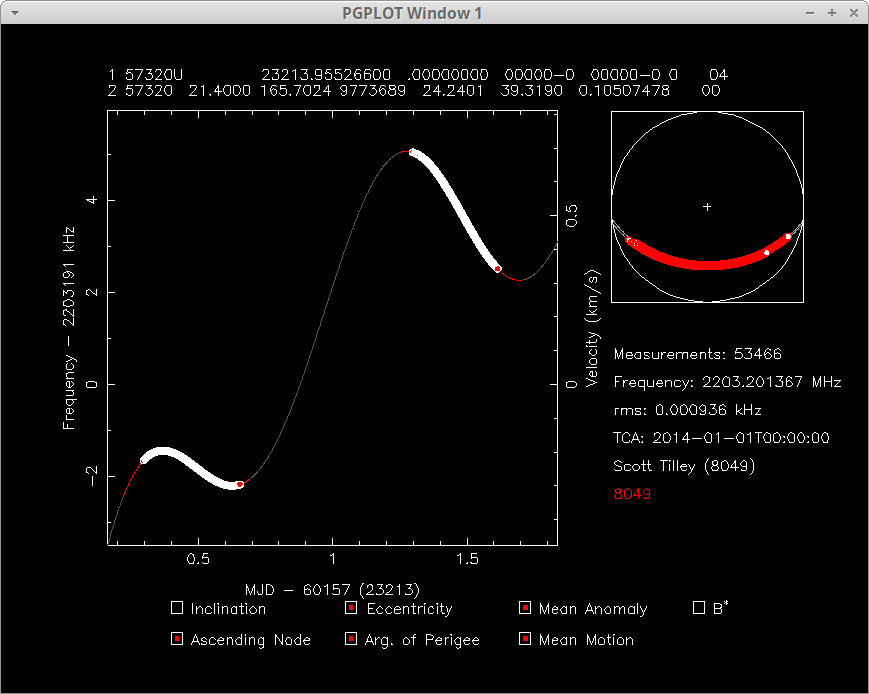I've recently renewed an observing campaign on #TIANWEN1. The orbit hasn't changed so an aerobrake test claimed for late 2022 has not occurred yet. In preparation for observing an aerobraking manoeuvre I thought it would be interesting to study past missions that did one. 🧵⬇️ 

First a bit a reference of why we believe #TIANWEN1 will conduct an aerobraking test. This all relates to the #TIANWEN3 Mars sample return mission.
spacenews.com/china-aims-to-…
spacenews.com/china-aims-to-…
Aerobraking is used to allow a spacecraft to lower its apopasis by using a planet's atmosphere to decelerate the spacecraft as it passes through the tenuous upper atmosphere of the planet at periapsis at just the right altitude as not to cook the spacecraft and max. drag. ⬇️
Aerobraking requires a spacecraft attitude to maximize drag and constant attention from ground controllers. Risks of over-heating its tenderbits, undesired attitude changes and the ever changing density of the planet's atmosphere require constant attention and human management.⬇️ 

Relatively low energy orbital insertions usually result in a spacecraft being in a highly elliptical orbit. When aerobraking you only have the very limited time at periapsis to impart deceleration, so you're not going to change an orbit significantly by completing one pass. ⬇️ 

To quantify what it takes in time to change an orbit lets consider a few past missions at Mars that used aerobraking. For comparison #TIANWEN1 is in a ~7hr period orbit presently. So any test will take time and continued focus to demonstrate an operational capability.⬇️ 

One of the reasons #TIANWEN1 needed such a large rocket is that it propulsively lowered it's orbit. This can use almost as much delta-V as the insertion burn. MRO used 1015m/s for MOI burn, and aerobraking to science orbit saved 1080m/s, double the mass would have been needed!⬇️ 

Further communications is complicated by the need to change the spacecraft attitude at periapsis to present maximum area to the planet's atmosphere. This in MRO's case resulted in a low gain antenna and a simply carrier being emitted for aerobraking portions of the orbit.⬇️ 

Next consider as the orbit's period gets shorter and shorter mission control has less time to consider changes and react to issues. Recall, Mars is 3-22 minutes light time away... So the manoeuvre is complex and labour intensive.⬇️ 

Most Aerobraking manoeuvres are broken into phases:
- Walk-in/testing
- Prime aerobraking manouver
- Walkout to restore long term stable orbit.⬇️
- Walk-in/testing
- Prime aerobraking manouver
- Walkout to restore long term stable orbit.⬇️
Aerobraking manoeuvrers we need human control so consider the worldwide coverage of the Chinese deep space network. China has ground stations in China and in Argentina. This leaves potential gaps in coverage at present. This could perhaps limit a sample return mission too. ⬇️
What orbit would #TIANWEN1 be targeting? I would expect something that a MAV could reach if they are doing a full up test and want to something that really tests their mission capabilities so something in the 300-400km near circular range similar to what #ESA is proposing.⬇️
If #TIANWEN1 begins an aerobrake test what could be see?
- Weak/no signals around periareion,
- Slow initial change in orbital period particularly at first as they dip their toes,
- Odd signal behaviour as the spacecraft attitude is constantly changed.🛑
- Weak/no signals around periareion,
- Slow initial change in orbital period particularly at first as they dip their toes,
- Odd signal behaviour as the spacecraft attitude is constantly changed.🛑
• • •
Missing some Tweet in this thread? You can try to
force a refresh



















